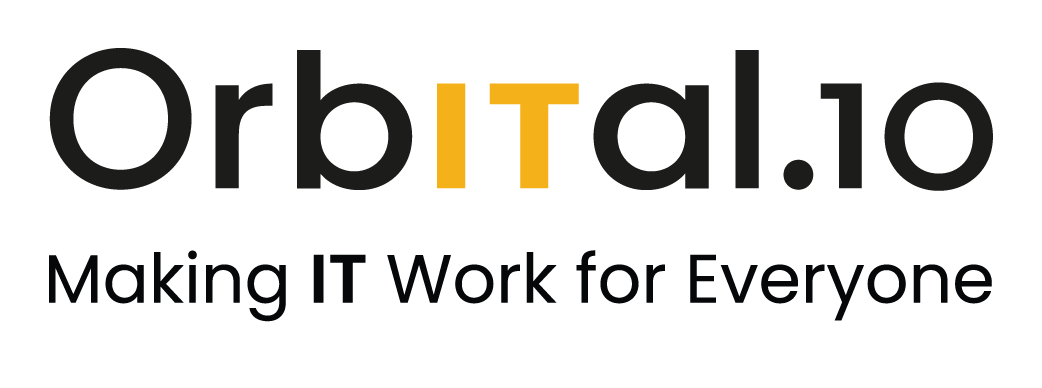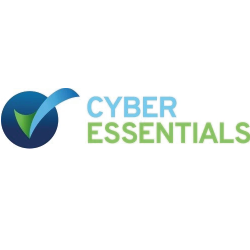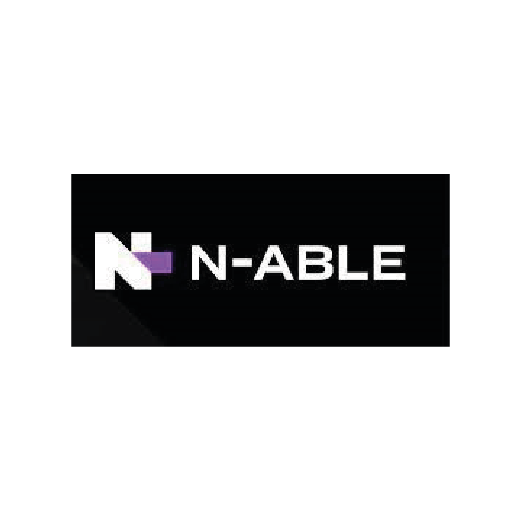FBI Issues New Ransomware Warning – Is Your Business at Risk?
When was the last time you paused to ask yourself, “What would happen if all our business files were suddenly locked away?”
It’s a chilling thought—but it’s exactly the scenario the FBI is warning about in their latest security alert. The focus this time is a ransomware group called Interlock.
If you haven’t heard of them yet, here’s what you need to know. Interlock only appeared in September 2024, but they’ve quickly made a name for themselves by targeting businesses and infrastructure across North America and Europe. Their goal? Purely financial.
How Interlock Works
Interlock uses a method known as double-extortion ransomware. Their attack sequence is straightforward but devastating:
- Gain access to your systems, often through fake browser or security updates, booby-trapped websites, or other clever tricks designed to get you to click without thinking.
- Steal sensitive business data quietly while moving through your network.
- Encrypt your files, making them inaccessible.
- Issue a ransom demand, usually giving a short deadline—around four days—to pay or risk having your stolen files dumped on the dark web.
What makes Interlock particularly aggressive is their versatility. They have tools to target both Windows and Linux systems, meaning virtually any business could be at risk.
Why Businesses of All Sizes Are Vulnerable
Ransomware isn’t just a problem for multinational corporations. Small and medium-sized businesses are prime targets. Hackers know that smaller companies often have smaller security budgets and less robust protections, making them “easier wins.”
The consequences of an attack can be severe:
- Loss of client files or financial data
- Downtime across critical systems
- Damage to your reputation and customer trust
Even if you recover your files, the disruption and reputational harm can be costly—and far more painful than prevention.
How to Protect Your Business
The FBI’s guidance is clear. There are practical steps you can take right now to reduce risk:
- Keep systems patched and updated. Many ransomware attacks exploit old vulnerabilities.
- Enable multi-factor authentication (MFA). This extra layer of security helps block unauthorized access.
- Use web filtering and firewalls. Stop malicious websites and downloads before they reach your network.
- Segment your network. If one system is compromised, segmentation can prevent the infection from spreading.
- Invest in proactive security tools. Solutions that detect and block suspicious behaviour can stop attacks before they escalate.
Taking these steps may sound technical, but the alternative—dealing with encrypted files, ransom demands, and data breaches—is far more disruptive and expensive.
Act Now Before It’s Too Late
Interlock isn’t going away, and neither are threats like it. The FBI doesn’t issue warnings lightly. For business leaders, this is a wake-up call: make sure your security posture is strong, your team is aware, and your systems are resilient.
Protecting your data and maintaining business continuity is far easier—and cheaper—than dealing with the fallout of an attack. Need guidance on strengthening your business against ransomware? Get in touch >



























